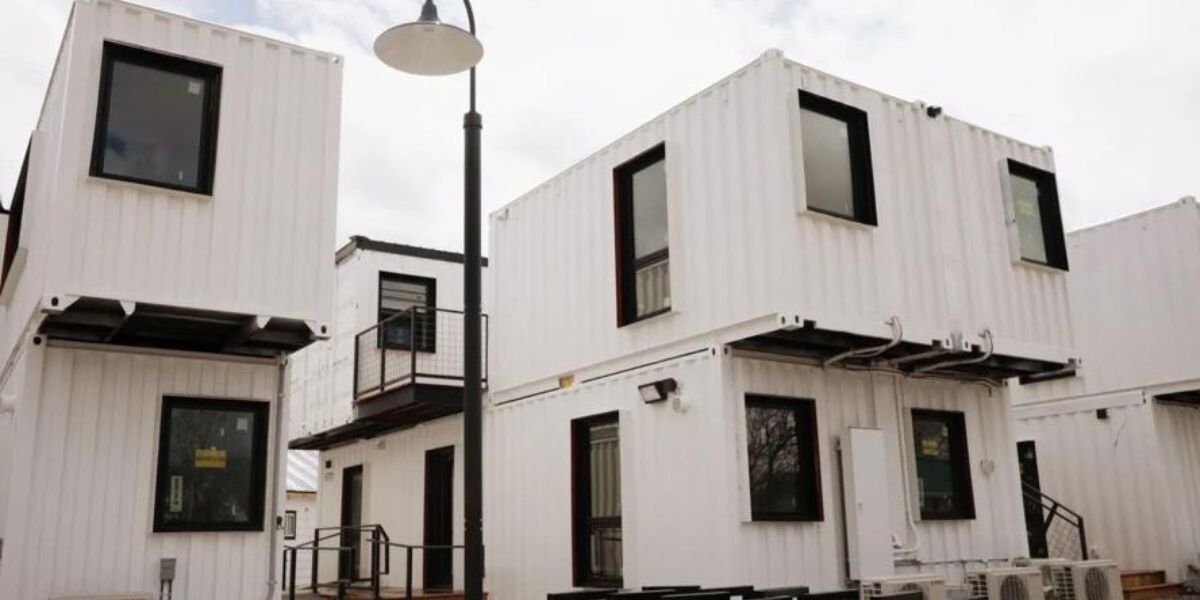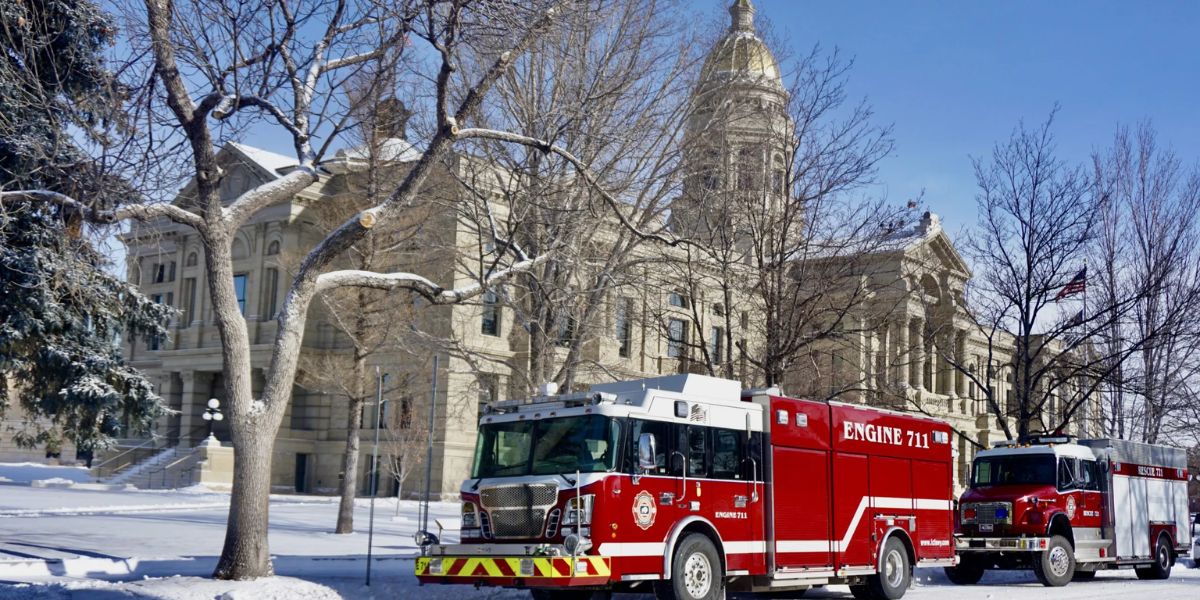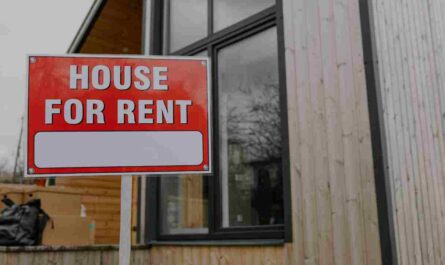In 2019, Jerry Champlin and his wife, Tanya, bought a home on a massive plot of land in Buena Vista, CO. Together with their children, they spent the entirety of the COVID-19 lockdown restoring a crumbling house all while working remotely.
Ten massive dumpsters of debris hauled away and six years later, the property has completely transformed into a rental community first envisioned by Champlin to be dotted with tiny homes.
He ended up developing the state’s largest community built entirely out of shipping containers.
The first-time developer is so pleased with his work, that Champlin and his wife actually plan to downsize in the most extreme way possible—from a 3,200-square-foot-house to the smallest unit in the complex: a 160-square-foot studio inside a 5-foot-long shipping container.
“We have built an art project that people get to live in—including us, which is kind of awesome,” Champlin says.
From tiny homes to shipping containers
The rise of residential complexes built out of shipping containers has continued to make headlines across the country in the past 5 years. The common thread amongst developers is the desire to create sustainable yet affordable housing in areas that have an abundance of land and can benefit from the designs.
Champlin watched during the pandemic as his small town in Chaffee County became a mecca for remote workers as well as outdoor enthusiasts drawn to the area’s abundance of hiking trails and whitewater rafting. But as the population grew, the amount of available housing did not. And what was being built was “crazy expensive,” in his opinion.
So, he made his pitch to the local zoning and planning board to build a tiny home community on his plot of land. He was immediately turned down.
Undeterred, Champlin reached out to an architect, Alicja Hudson from BlackSwan Creative Labs, as well as Wyatt Reed, of Fireage Design, to expand the idea—into shipping containers.
“I think the initial idea probably came from a Youtube video,” Champlin admits, adding that the “fringe” movement was immediately “interesting” to him—though he did have some initial doubts.
“I thought you’d be able to tell that you were inside of a container,” Champlin shares. “Ultimately, the way we built from the inside, you can’t.”
Inside BV Basecamp
Champlin’s BV Basecamp complex touts 16-unit rentals in downtown Buena Vista, varying in size, but each ingeniously designed to provide every home comfort you can imagine.
The average unit is 320 sqaure feet. Some units have one bedroom, some have two. The largest unit, which combines two shipping containers is 640 square feet, rents for $2,650 a month. Comparable units in Manhattan range in price from $3,000 to $6,000.
Champlin learned very early on that space was “precious” in this endeavor and that every inch of each container needed to be functional in order to make the homes livable.
“That’s been critical to this project: learning how to make these spaces work for people,” he explains.
Take the bathrooms, for example. Those who live in certain mobile homes, RVs, and, honestly, most apartment dwellers in Europe, won’t be surprised to find the toilet inside the shower, with the tank placed inside the wall.
Speaking of walls, between the rooms, the walls have sliding pocket doors to save space. Most of the storage, from the closets to the cabinets, were custom-built for the space; in fact, woodworking became one of the many skills Champlin learned through this process—along with tempering expectations.
“One of the challenges that we had with the original design was there was too much glass. We were trying to maximize the views, but you also need to have some space for storage,” Champlin shares.
But even that problem became easily remedied. What a renter might not be able to fit in their apartment, they will be able to store in the stand-alone units allotted for tenant storage. Those spaces reside next to the offices tricked out for remote workers and the community space, which will lean into having a truly “community experience,” complete with a piano and sewing machines.
No downside to downsizing
Champlin has just started welcoming his first round of renters. When he first started giving tours, he admitted he was encouraged when the feedback he got from prospective renters was incredibly “positive.”
“One woman said to me, ‘Wow, these are really nice inside. I can’t tell that I’m in a shipping container. It’s just like any other house or apartment.’— That’s because it is,” Champlin says.
He forsees his new tenants being mostly younger professionals, as they showed the greatest interest. “They were like, ‘Oh, my God, this is perfect! This is all I need’,” explains Champlin.
And by the end of the summer, Champlin and his wife will be among the residents as well.
“My wife and I are looking at moving into one of the small units,” he shares.
The unit’s size? 160 square feet, 60 inches long. To say that they’re downsizing is, well, an understatement.
“We used to live in a 3,200-square-foot house in the mountains. Spectacular views, the lower floor was all glass. It was a maintenance nightmare,“ Champlin confesses.
Now, he’s ready to enjoy the fruits of his labor and live up to the promise he’s made to his renters—that a smaller place can be enough for a big lifestyle.
“There’s just so much stuff to do here outside that you don’t need to spend much time indoors,” he adds. “That’s kind of the way we’ve lived for years. We end up continuously downsizing and trying to make it work in smaller and smaller spaces, which has been a fun challenge.”




